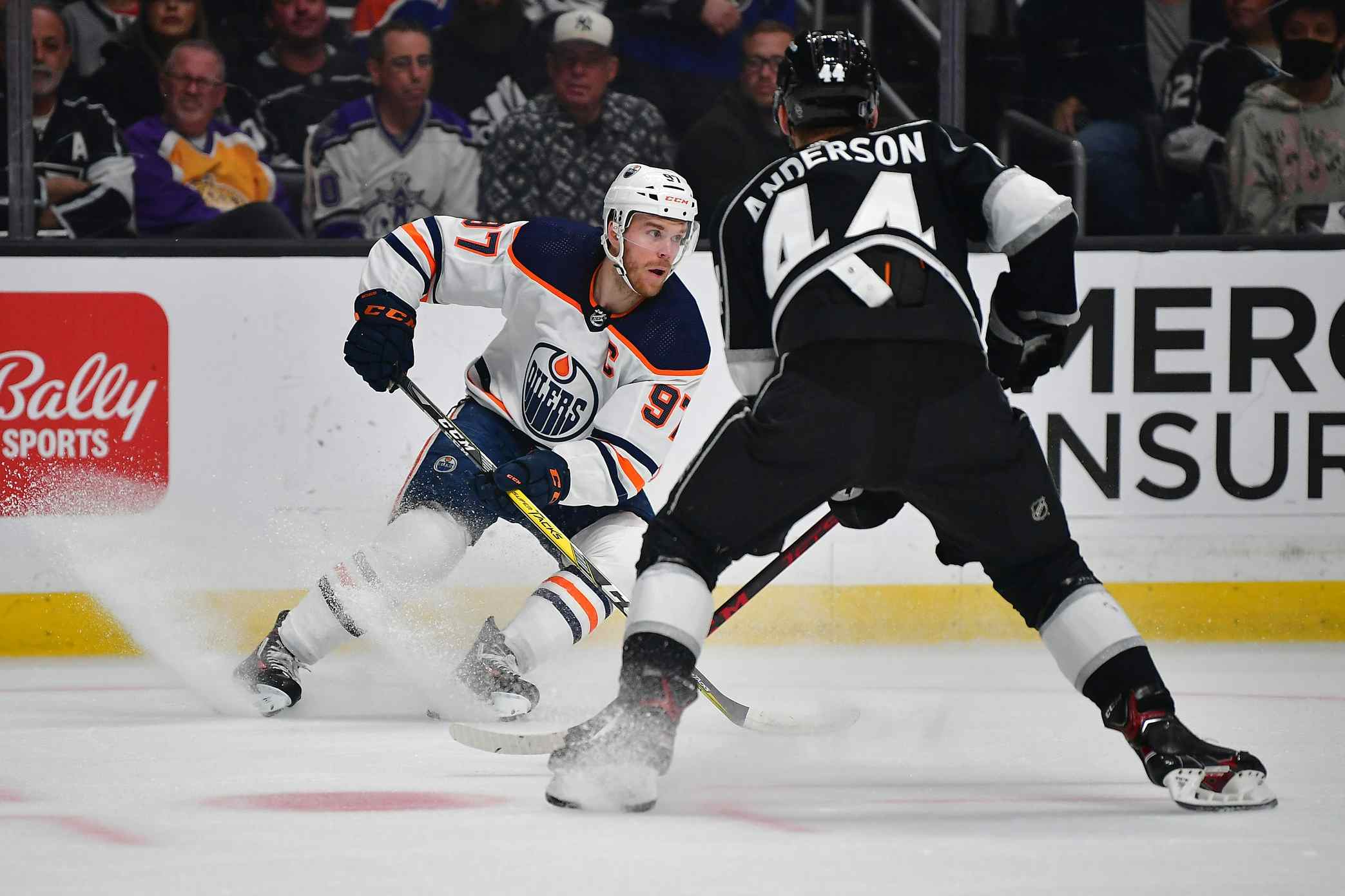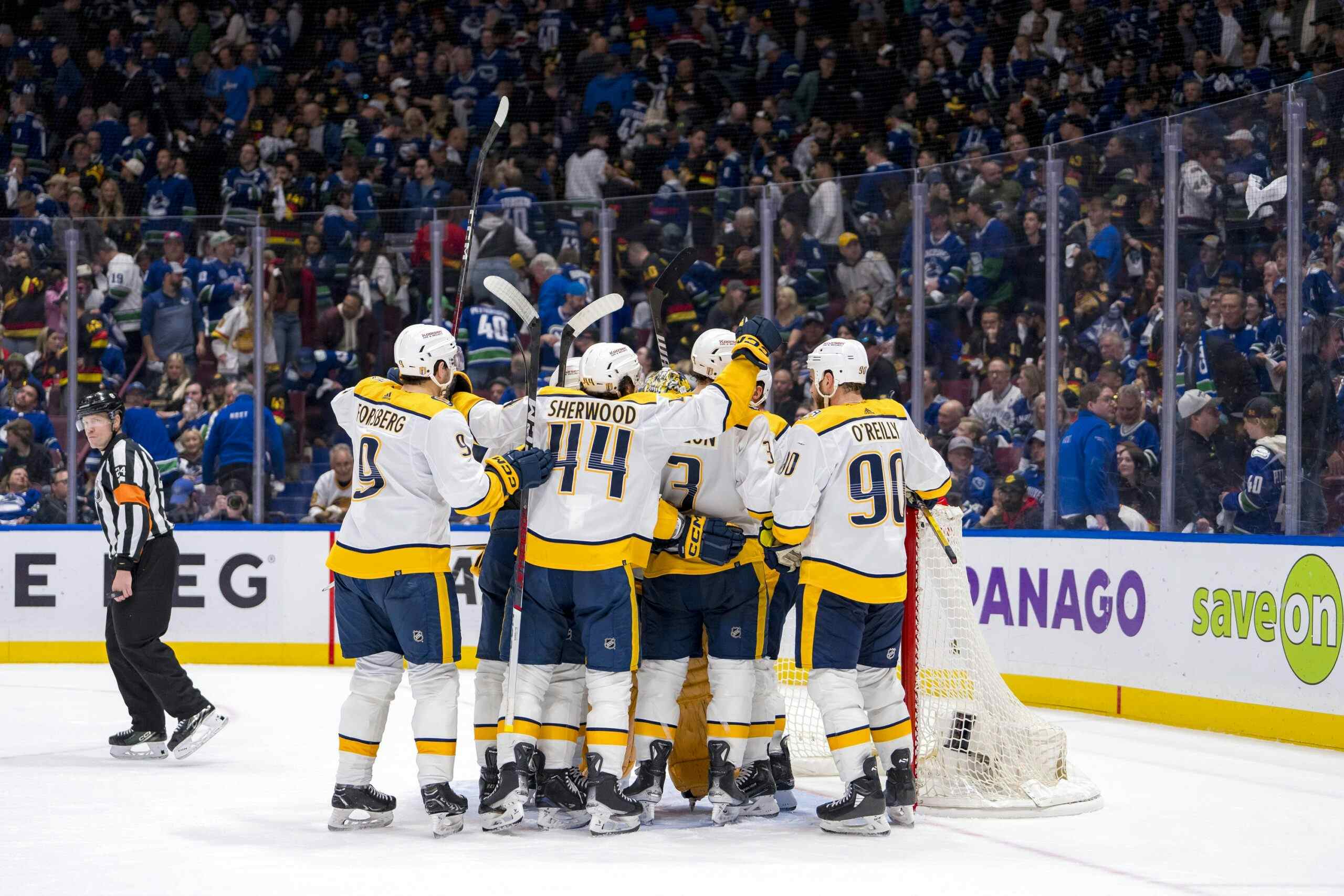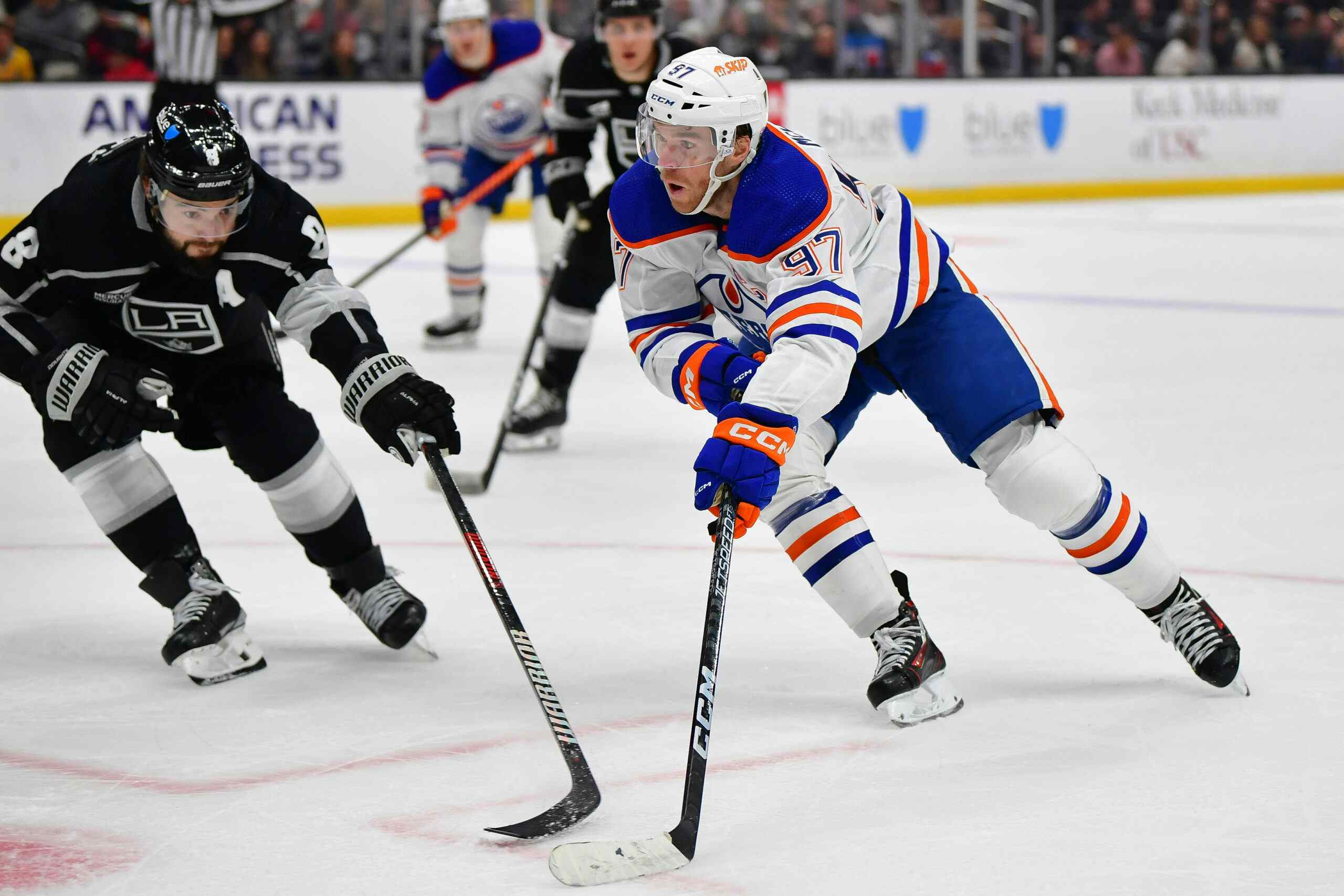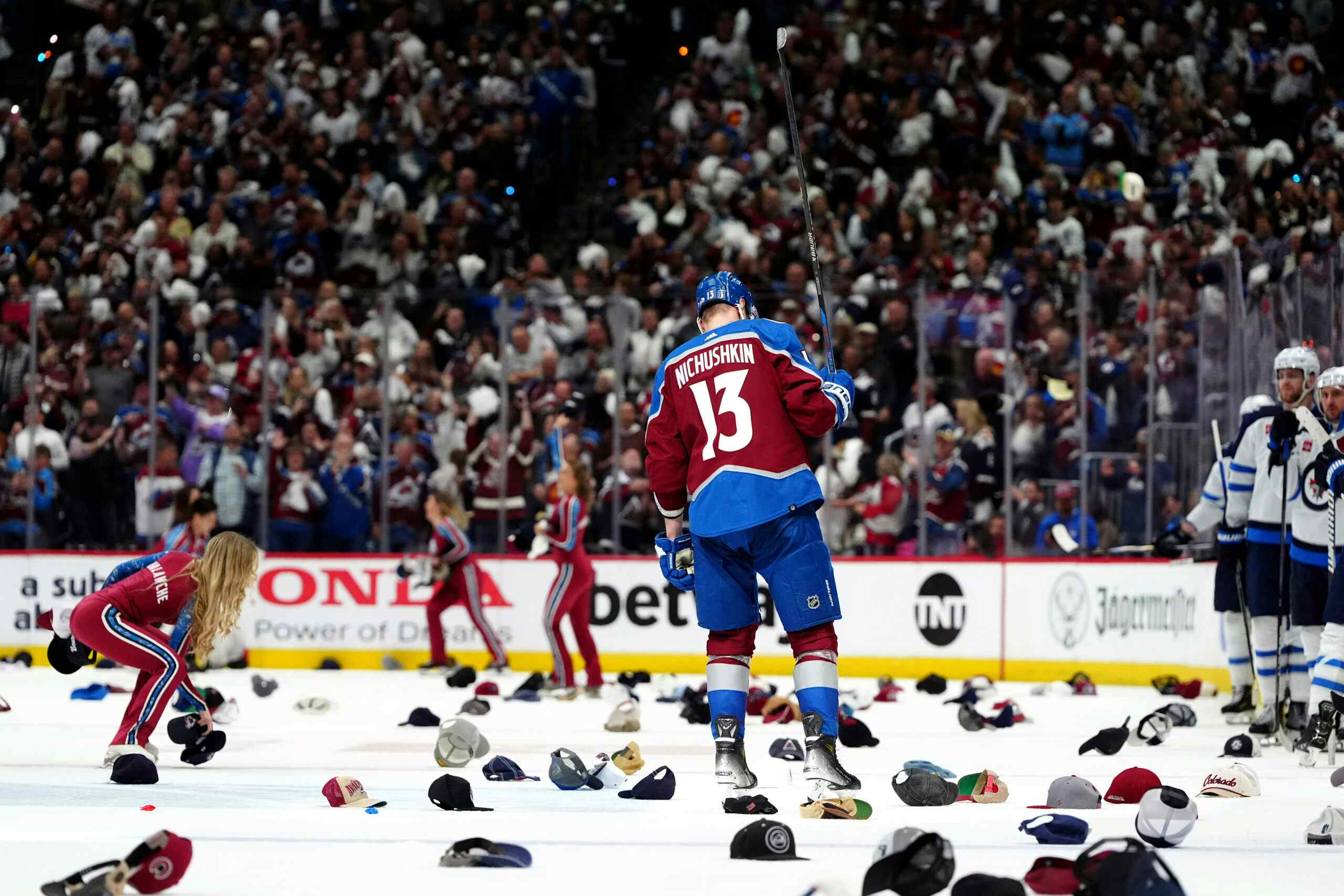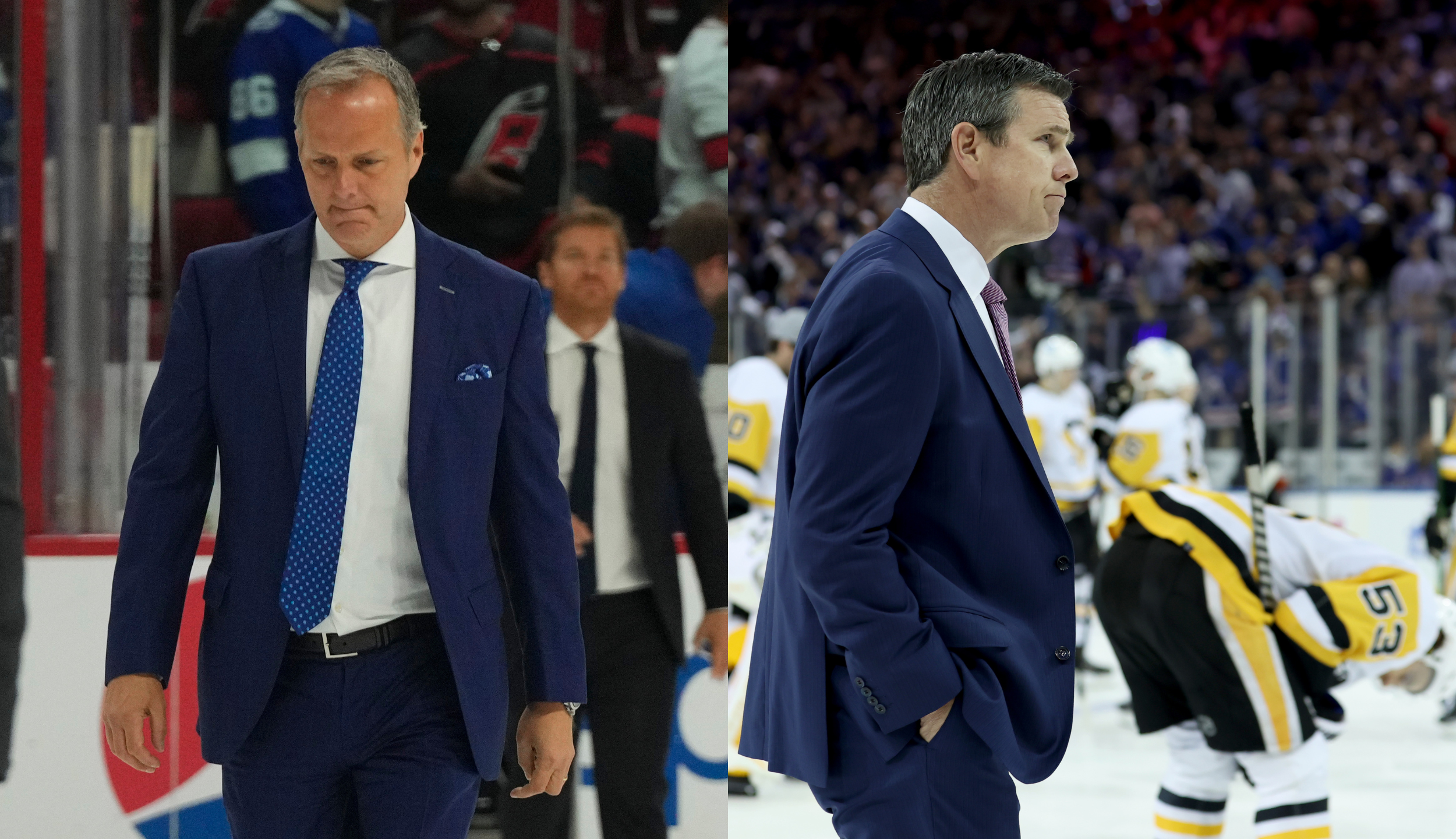ASHES BY NOW
By Lowetide
11 years ago
I’ve always been fascinated by scouts. Their job is simple: identify talent and don’t make mistakes. Easier said than done. The job involves long hours, miles and miles of bad road, horrible coffee and exotic places from Minsk to Minot. How DO they pick the great players out in a crowd? How are Stu MacGregor and his merry band doing?

Stu MacGregor’s first draft as chief scout was 2008. If we can agree that five seasons ‘after’ is the first real opportunity to evaluate any individual draft season, then we’re one season away from making the call on 2008. At this point, we can check the arrows and see how things are trending.
According to a draft study (using the years 1979-95) the odds of drafting an impact player are very low:
- 2% turned out to be a elite players (the Kurri family)
- 4% turned into impact players (the Smyth family)
- 15% turned out to be average NHLers (the Stoll family)
- 24% played less than 200 games (the Pouliot family)
- 55% never played a game in the NHL (everyone else)
So, for every 10 picks an NHL team has a right to expect 1.5 "average" NHL players and .6 "impact or elite" players. That’s the line in the sand.
TOP 100

It’s also true that once the first three rounds (or 100 selections) passes, the chances of getting a player from categories 1,2 or 3 above is extremely remote. It can happen, but this would require an enormous amount of luck–so much so that one could argue that teams who end up with such a player owe more to lady luck than a scouting skill.
So, it’s the top 100 selections we focus on.

2008 NHL Entry Draft
- Round One: #22 Jordan Eberle: Since being drafted he delivered in the WHL and on the international stage, before emerging as a quality NHL talent in his second season. The Oilers were patient with his development and it paid dividends. A good way to guesstimate his value compared to others in his draft year is to count the number of players who have superior numbers to Eberle who were taken afterward. Four seasons after the draft, all we hear are crickets. In fact, if there was a re-draft for 2008, Eberle would probably be safely inside the top 5 overall.
- Round Two: No Selection. The Oilers’ brass said at the time the price was so ridiculous they decided to sit and wait. As it turned out a lot of terrific talent went off the board in round two, including Slava Voynov, Justin Schultz, Derek Stepan and Travis Hamonic.
- Round Three: No Selection. Once again the Oilers didn’t have a pick in this round, owing to the Dustin Penner offer sheet compensation. Round three selections who have emerged include Adam Henrique and Zack Smith.
- Round Four: #103 D Johan Motin. Stay at home type with size and a mean streak, Motin was a fairly safe pick in that he’d already played pro hockey (SEL) before he was drafted. He came over to North America at age 20 and did manage to get into an NHL game, but as the seasons rolled along it was obvious that Motin was getting passed by other graduating prospects. He spent time in the ECHL and actually did not complete his entry level contract, bolting to the SEL after 10 games in OKC this past season.
- Round Five: #133 LW Phillippe Cornet. His scouting report read like a pure tweener. Skilled but lacking top end foot speed, players with his resume taken in the fifth round do not have a terrific history of success. Cornet had a terrific AHL season in 11-12 (24 goals), and in fact he was called to the NHL where he scored an assist in 2 games. He is one of 11 selections from the 5th round in 2008 to play in an NHL game.
- Round Six: #163 C Teemu Hartikainen. Finns seem to be genetically predisposed to playing well in the North American style and based on his resume he seemed like a worthy candidate. I suggested he was the "third most valuable player taken by the Oilers this weekend" the day he was selected, as it turned out he was #2. Hartikainen has a legit chance to win a job as an NHL regular in the next couple of seasons.
- Round Seven: #193 D Jordan Bendfeld. Tough as nails enforcer was a draft re-entry (former Coyote selection). He played most of his pro hockey in the ECHL and may not be in organized hockey at this time (he is not listed as having played by either elite prospects or hockeydb in 11-12).
The two key items in the 2008 draft were MBS grabbing Jordan Eberle at 22, and then not having another pick in the first three rounds due to the Penner offer sheet. Sometimes we talk about an NHL team getting two players from a successful draft, but having only 1 selection in the first three rounds had an impact. You can’t punish the scouting staff for not having a pick in rounds two and three.
WHAT DOES IT ALL MEAN?

We still have one more year to evaluate the 2008 entry draft (actually we have 20, but you get the point) so lets go back to our original guideline and see how it breaks down:
- 2% turned out to be a elite players (the Kurri family)
- 4% turned into impact players (the Smyth family)
- 15% turned out to be average NHLers (the Stoll family) JORDAN EBERLE (up arrow)
- 24% played less than 200 games (the Pouliot family) TEEMU HARTIKAINEN (up arrow), JOHAN MOTIN, PHIL CORNET
- 55% never played a game in the NHL (everyone else) JORDAN BENDFELD
For every 10 picks an NHL team has a right to expect 1.5 "average" NHL players and .6 "impact or elite" players based on the study quoted above. That’s the line in the sand. Edmonton selected 5 players, meaning .75 "average" NHL players and .3 "impact or elite" players would be the expectation.
Jordan Eberle could end up being an impact player, which would make the 2008 draft a home run no matter what else happens. I think there’s a chance–a chance–that the Finn Hartikainen may also end up having a career. Jury’s still out; however, based on the selections made by Stu MacGregor and his staff-and where those selections took place–the 2008 draft has a very good chance of being a success.
Recent articles from Lowetide

